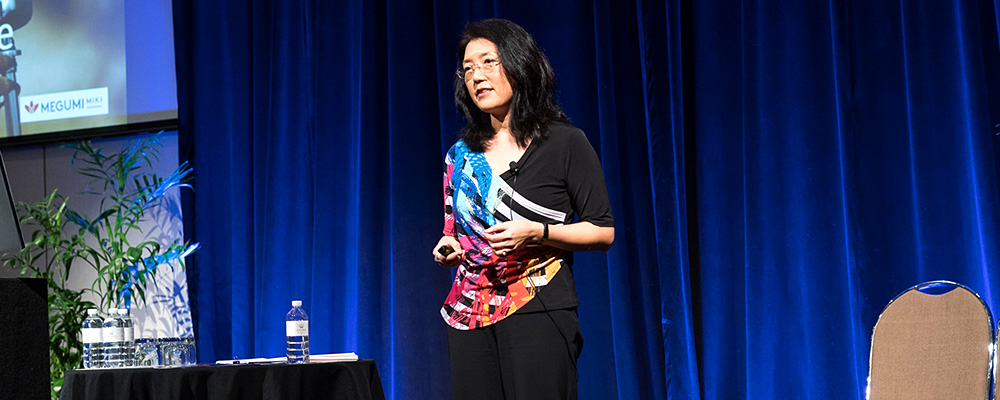My Blog
"I don't want to be a leader"
- Details
- Posted: 04 March 2016
This was my 9 year old’s comment recently. Curiously, I asked her what was it about a leader she didn’t want to be. Here are some of the things she said:
- Bossy
- Annoying others when they try fix things and be too helpful
- Always telling people what to do
- Try to get others to do what they want to do
On the one hand it disappointed me that she didn’t want to be a leader, but on the other hand, I was somewhat pleased to hear why she didn’t want to be a leader.
It did make me wonder about our unconscious and unstated assumptions about what a leader looks like. My daughter does not yet see other behaviours – such as empathy, listening to others and empowering others to be the best they can be – as leadership behaviours. I’m trying to explain the importance of these other leadership behaviours to her but it’s not yet sinking in. Perhaps there are not enough role models. Or they are not explicitly valued enough as critical leadership behaviours.
Even Sheryl Sandberg’s quote “I want every little girl who’s told she’s bossy, to be told instead she has leadership skills” has the underlying message that we need to be bossy as a leader. What if we were to say, “I want every little boy and girl who is told he or she’s sensitive and empathetic, to be told that he/she has leadership skills”?
Underlying this observation is how much we still value ‘masculine’ leadership behaviours more than ‘feminine’ leadership behaviours.
Perhaps this is why:
- Some women opt out of leadership positions, not wanting to be so ‘masculine’.
- Some women feel they need to act ‘masculine’ to progress and/or survive.
- Some women don’t get hired, promoted or retained because they are seen as too soft, too collaborative, not decisive enough (ie. ‘feminine’).
- Some men with ‘feminine’ qualities also get overlooked or are undervalued.
- Having more than one woman on the leadership team or boards leads to better results, because the ‘feminine’ qualities are more easily expressed (see Catalyst’s study showing that companies with 3 or more women on boards experience higher financial performance).
- Strategy and finance capabilities (‘hard’ skills) are typically valued more than culture and people capabilities (‘soft’ skills). Even calling it ‘soft’ skills diminishes its importance.
When you hear people complain about their leaders, they are often behaviours such as bossy, micro-managing, too directive, not listening, lack empathy, self-focused... not that different to my daughter’s list.
Somewhere there is a disconnection between the behaviours we want leaders to demonstrate vs the behaviours asked of those we promote into leadership positions.
Both ‘masculine’ and ‘feminine’ qualities are required for any business to thrive on an ongoing basis. It is time to genuinely value both, not just talk about them in leadership programs. For example:
- Hire, promote, reward and retain people, both men and women, who demonstrate ‘feminine’ qualities such as empathy, listening, collaborative, supportive, empowering, etc.
- Assess the talent programs and talent pools, ensure that ‘feminine’ qualities are valued and used as assessment criteria.
- Rebalance leadership conversations to prioritise people and culture topics – not just rush through it as the ‘people topics’ at the end of team meetings.
I’m sure there are other adjustments that can be made to rebalance the ‘masculine’ and ‘feminine’ qualities in leadership. What are your thoughts?
Related articles:
Are you a leader that gets the best from a mix of different people?
Unconscious bias is a business issue, not just a diversity issue


